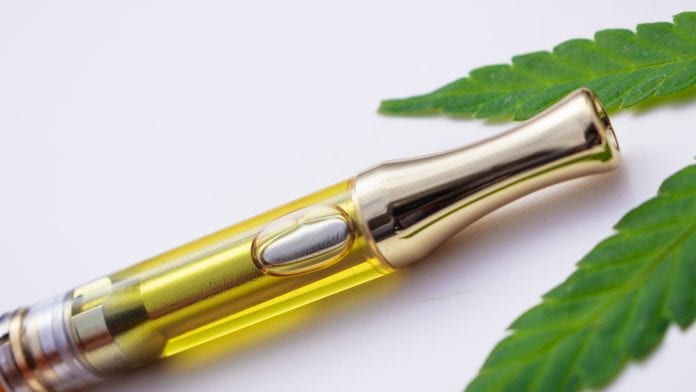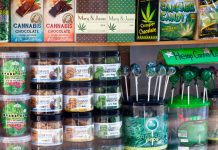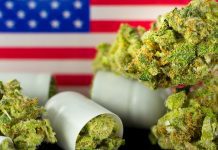
The Canadian Vaping Association (CVA) has responded to the first potentially vaping related illness in DC.
The Canadian Vaping Association is deeply concerned about the diagnosis of the first vaping-related illness in British Columbia and has emphasised the issue of youth access to nicotine e-liquid vape products needs to be addressed immediately.
Darryl Tempest, Executive Director of the Canadian Vaping Association, said: “We fully support the Chief Medical Officer’s call for increased reporting of incidences of patients exhibiting symptoms that meet the national case definition. We need to get to the bottom of what’s affecting the health and safety of the patients diagnosed with vaping-related lung illnesses so far in Canada.
“At the same time, it is critical that health authorities get to the primary source of this outbreak as contaminated cannabis (THC) products sourced on the black market have been implicated in many cases. We have to prevent consumers who are misinformed about the facts around vaping from turning to combustible tobacco or the black market.”
Black-market products
The Centre for Disease Control finally acknowledged recently that a vast majority of the mysterious, vaping-related lung illnesses are in fact linked to black-market cannabis products — not e-nicotine and not the legal market.
The Canadian Vaping Association welcomes Health Minister Dix’s proposal to review the regulations to address youth uptake, limit the concentration of nicotine, and restrict the sales of vaping products to adult-only environments. The recent ban on advertising on city property in Richmond, BC, demonstrates a step in the right direction in developing a prescriptive plan to address youth uptake and youth access to these products.
The increase in youth uptake of nicotine e-liquid has occurred since big tobacco vape brands, such as Juul and Vype, entered into non-age restricted retail locations, including gas stations and convenience stores in mid-2018.
Health agencies clearly described in their media reports that youth uptake among 16 to 19-year-olds climbed 74% from 2017 to 2018. This data undoubtedly demonstrates that flavours, which have been around for well over a decade, are not the contributing factor to youth uptake but that youth access to vape products through non-adult verified retail locations are the true driver for this issue. In fact, the sale of flavours in Canada is limited by the labelling laws under the Tobacco and Vaping Product Act, enacted in May 2018.
Tempest added: “We have been calling on all federal, provincial and territorial governments to ban the sale of nicotine e-liquid vape products and all visible vape product marketing outside of adult-only access environments immediately.
“Limiting the sale of flavoured e-liquid vape products to age restricted retail environments, which are regulated and inspected by tobacco enforcement, is something we believe in strongly and has been a key message in our recommendations to Health Canada for addressing youth uptake.”
Regulation
The CVA has also called on the Federal Government to add the following restrictions into regulation to provide further protections, with the specific intent of addressing youth uptake:
- Display and promotion in retail environments should be restricted to age of majority retail stores;
- National and brand specific advertising should be banned; and
- Mandating e-commerce and online sales must be delivered via an age verification platform, such as the one currently available through Canada Post.


















